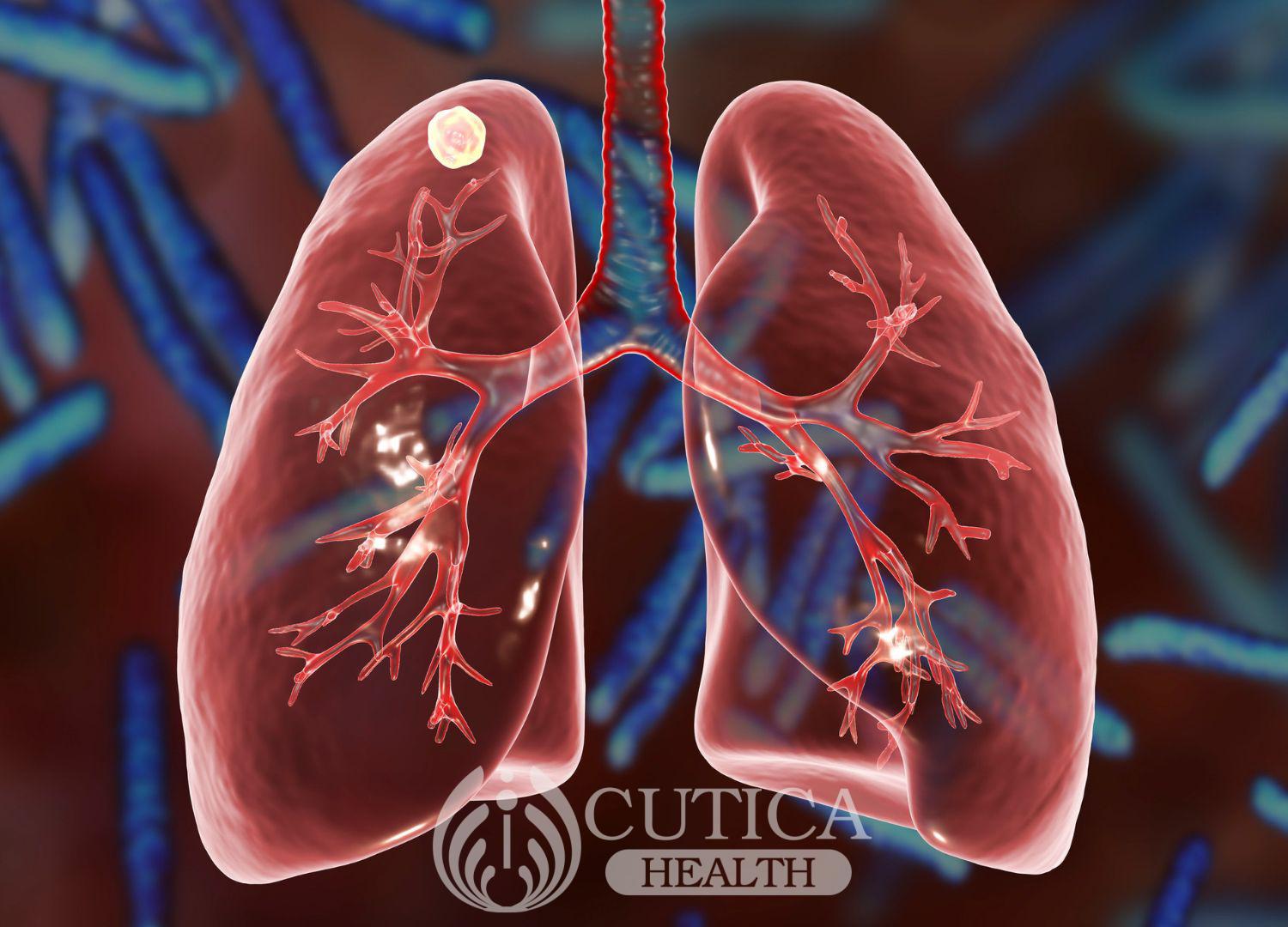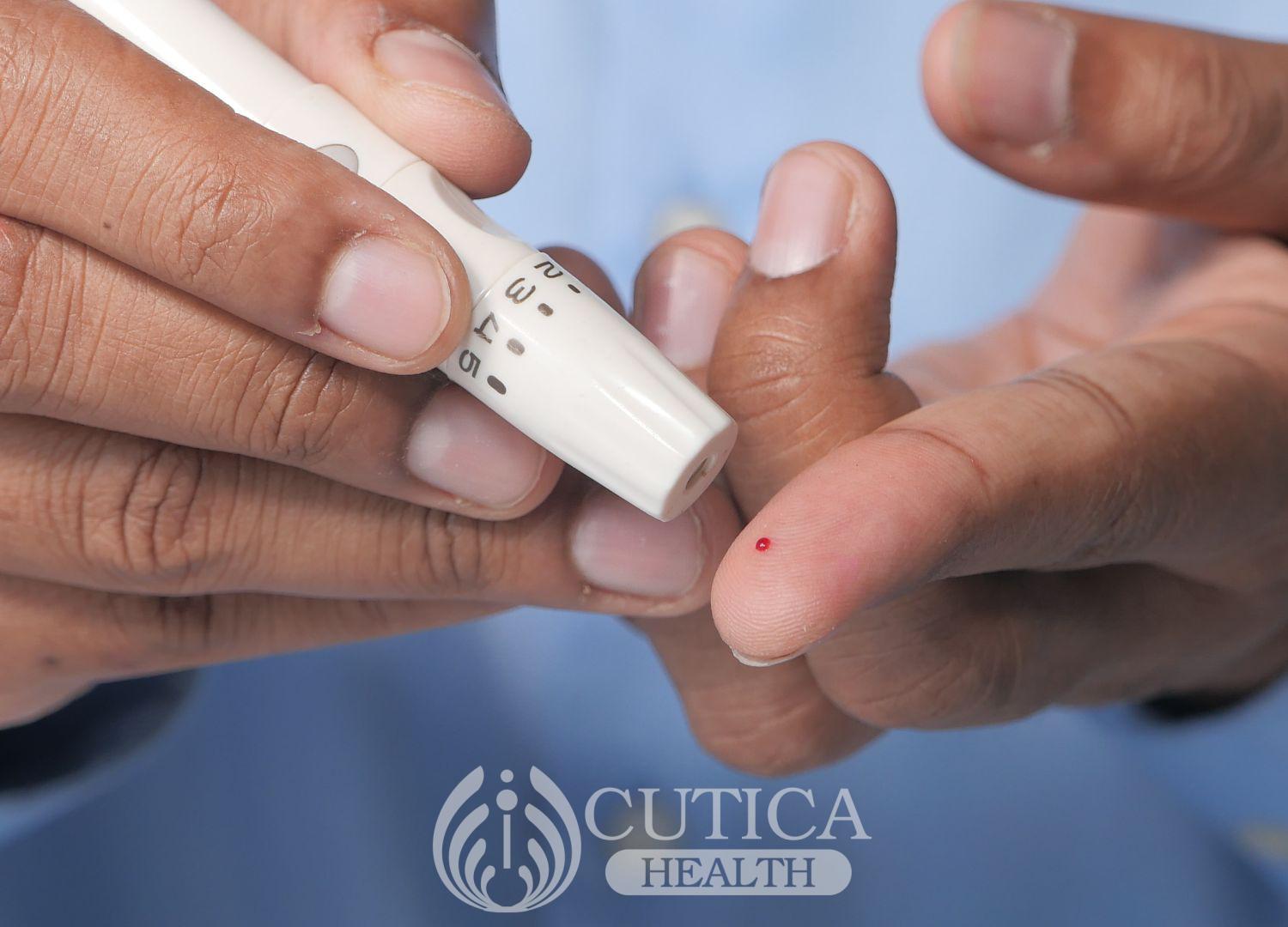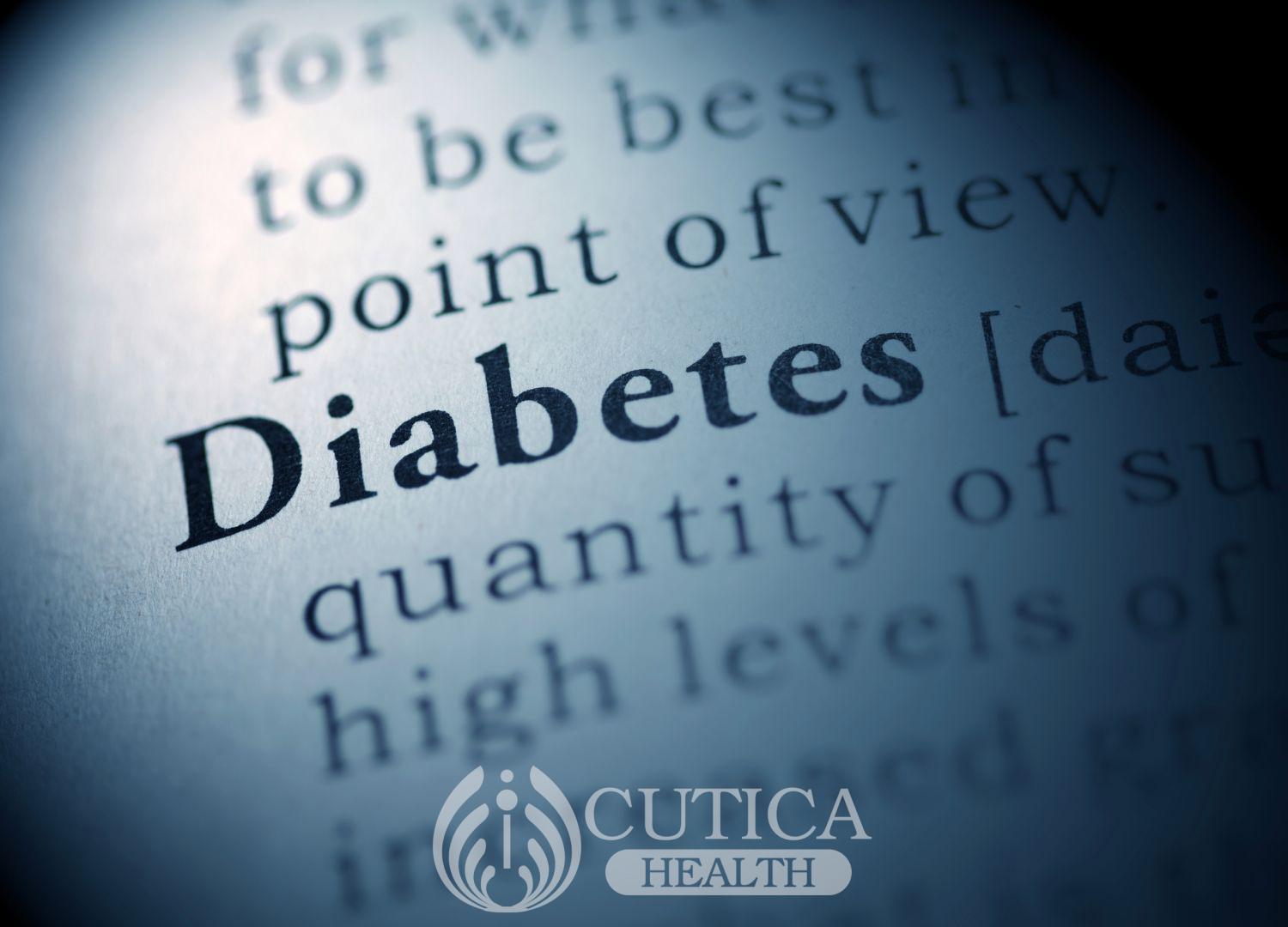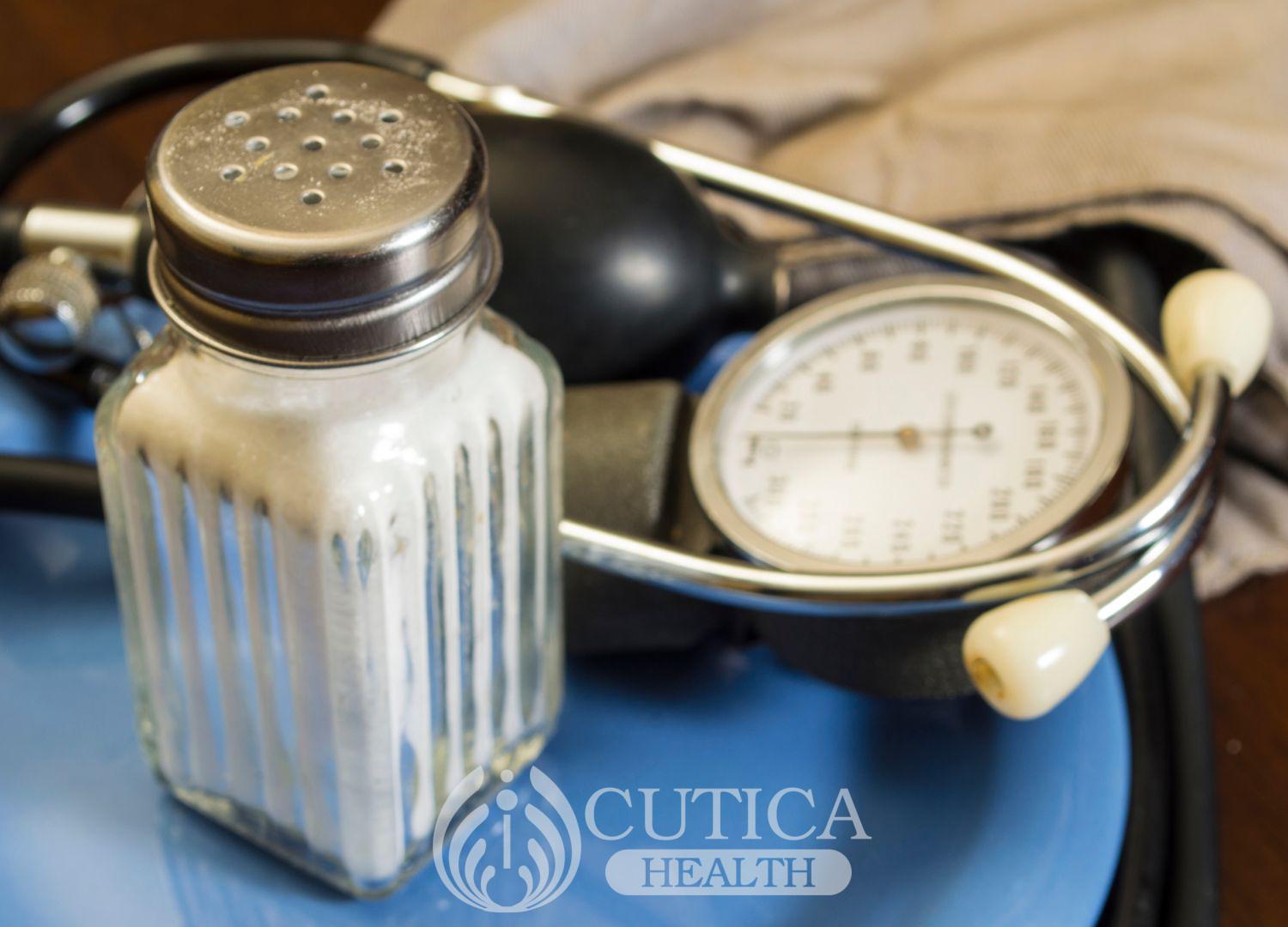
Pelumi, a 55-year-old mother of two, was in the middle of her morning yoga routine when she suddenly felt dizzy and weak. She couldn't hold her balance and fell to the ground. Her husband rushed her to the hospital, where doctors diagnosed her with high blood pressure. Pelumi had always been health-conscious, followed a balanced diet, and exercised regularly. Still, she had no idea that her love for salty snacks and processed food had silently pushed her toward a dangerous health condition.
High blood pressure, also known as hypertension, that puts an extra strain on the heart, increasing the risk of heart attacks, strokes, kidney damage, and other diseases.According to the World Health Organization, hypertension affects around 1.13 billion people worldwide.
While salt, or sodium chloride, is a crucial mineral that regulates the body's fluid balance, nerve transmission, and muscle function, excessive salt intake has been identified as a significant contributor to high blood pressure.
The Salt-High Blood Pressure Connection
Salt is a usual ingredient in the modern diet and is present in almost every food we eat. Salt is added to enhance the taste, texture, and for preservation of processed foods, snacks, and beverages.
Additionally, salt is naturally present in foods like cheese, cured meats, and canned products. While the body needs a certain amount of sodium to function properly, excess intake can cause the blood volume to increase, which raises blood pressure.
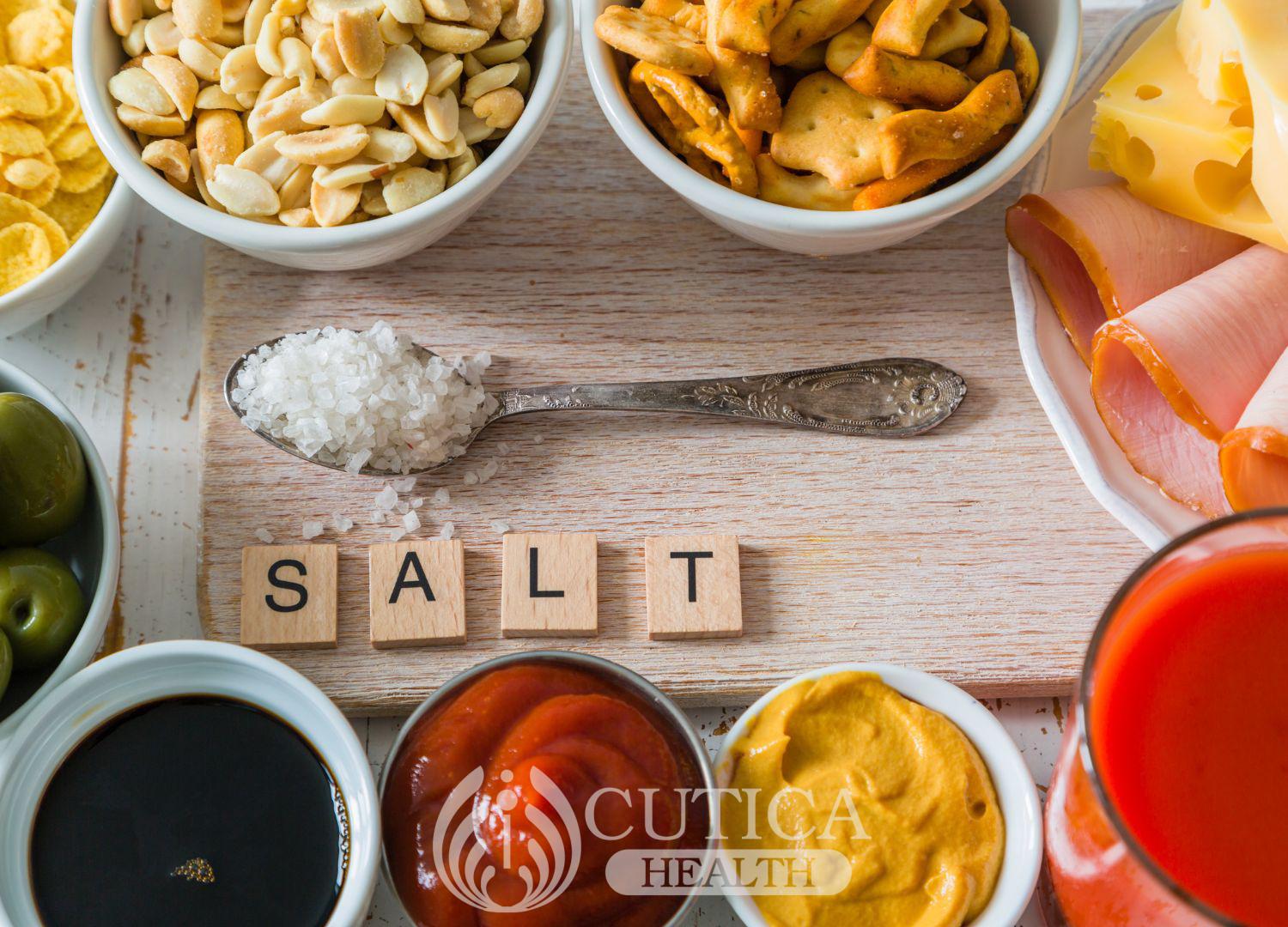
Experts recommend a daily sodium intake of 2,300 milligrams (mg) for adults, about one teaspoon of salt. For people with hypertension, diabetes, or chronic kidney disease, the recommendation is even lower, at 1,500 mg per day.
However, most people take well above the recommended levels. This excess sodium intake can be attributed to a combination of factors, including eating out, processed food consumption, and adding salt during cooking or at the table.
Reducing Salt Intake for Blood Pressure Control
Reducing salt intake can significantly lower blood pressure and reduce the risk of hypertension-related complications. The good news is that small changes in diet and lifestyle can substantially improve blood pressure levels. Here are some strategies to reduce salt intake and manage blood pressure:
Read Food Labels
Food labels provide valuable information about the sodium content of packaged foods. Look for products that are low in sodium or have no added salt. Be wary of products that claim to be "low-sodium" but still contain high salt levels.
Cook from Scratch
Cooking from scratch allows you to control the amount of salt in your meals. Use herbs, spices, and citrus juices to flavour your food instead of salt. Try recipes that use salt-free seasonings, or make your spice blends at home.
Eat Fresh Fruits and Vegetables
Fresh fruits and vegetables are naturally low in sodium and high in potassium, which can counteract the adverse effects of sodium on blood pressure. Aim to include at least five servings of fruits and vegetables in your diet every day.
Limit Processed Foods
Processed foods are often high in sodium, even if they don't taste salty. Avoid canned soups, snacks, frozen meals, and other packaged products that contain added salt. Opt for fresh or frozen fruits and vegetables, whole grains, and lean proteins instead.
Choose Low-Sodium Alternatives
When grocery shopping, look for low-sodium alternatives to your favourite foods. Some options include:
- Low-sodium soups and broths
- Reduced-sodium deli meats and cheeses
- No-salt-added canned vegetables and beans
- Low-sodium bread and crackers
- Salt-free seasoning blends
- Be Mindful of Restaurant Meals
Eating out can be challenging when trying to manage salt intake. Many restaurant meals are high in sodium, so checking nutritional information before ordering is essential. Ask for sauces, dressings, and condiments on the side, and request that the chef prepares your meal with no added salt.
Take it Slow
Reducing salt intake can be challenging, especially if you're used to a salty diet. Start by gradually cutting back on salt; your taste buds will adjust over time. Experiment with different herbs and spices to find new flavours that you enjoy.
Monitor Blood Pressure Regularly
If you have high blood pressure or are at risk of developing it, monitoring it is essential. Home blood pressure monitors are affordable and easy to use. Check your blood pressure as your doctor recommends and make necessary changes to your lifestyle or medication as needed.
Conclusion
High blood pressure is a silent killer that affects millions of people worldwide. Salt reduction is an effective strategy to manage blood pressure and reduce the risk of hypertension-related complications.

By making simple changes to our diet and lifestyle, we can take control of our health and reduce our reliance on medication. Reducing salt intake is a long-term solution that offers multiple benefits, including improved kidney function, and reduced stroke and heart disease risk. Remember, a little salt goes a long way, so take it slow and savour the flavour of healthy living.








